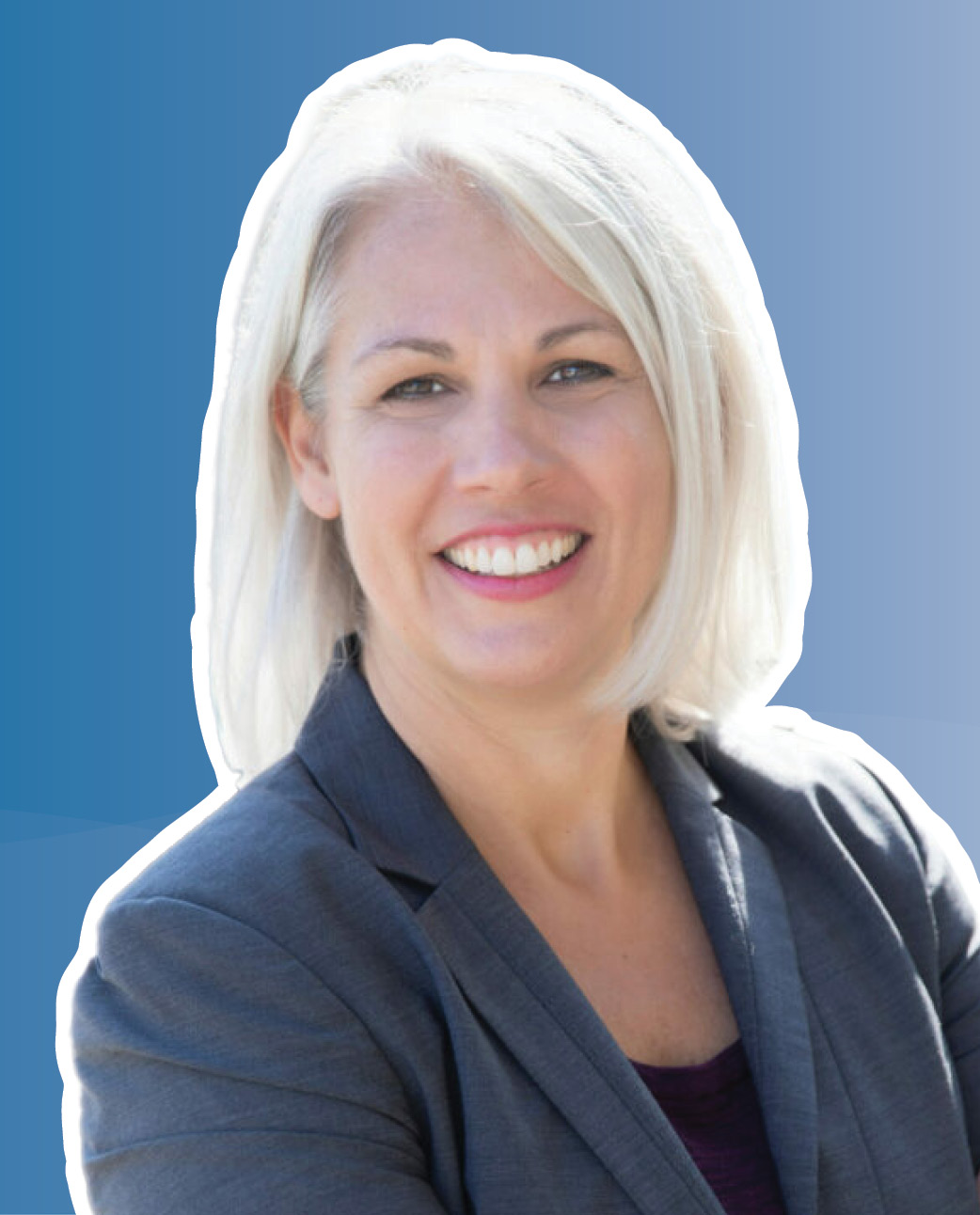Meet Our Team: Q&A with Associate Director, Rachel Marsh, J.D., M.S.W.
 How did you become interested in working in healthcare? Why did you choose this path?
How did you become interested in working in healthcare? Why did you choose this path?
My background is in child and family well-being. As I’ve worked in that field throughout my career, I’ve learned that child well-being and family well-being really start and end with quality healthcare and quality health outcomes. We can’t have the child welfare outcomes that we want to see for children and families unless children and parents have their healthcare needs met, and there are many areas in which they aren’t. Right now, we’re facing a mental health crisis with children and youth, and there are various gaps in access to care for children and families. Those gaps have prompted me to look at the Medicaid and healthcare system and work more deliberately to support collaboration across child and family well-being.
What brought you to Sellers Dorsey?
The quick answer is Katie Renner Olse. Katie is a phenomenal leader in the child and family well-being space, and she really has ambitions that resonated with me about how we can improve outcomes for children and families across the child welfare and Medicaid systems. Katie’s ability to speak to Sellers Dorsey’s leadership about the importance of child and family well-being and our organization’s commitment to the topic has been repeatedly affirmed for me since I’ve been here. The firm is committed to improving outcomes for the people our clients serve. And to me, that’s an important foundation for our work.
What is your superpower?
If I had to pick a superpower, it would be my ability to focus and dial in and do what needs to be done.
What would you consider your greatest achievement in your career thus far?
I really enjoyed leading the Children’s Alliance of Kansas in developing a more engaged and impactful presence in the state. Our members really came together and built an understanding of how policy and practice are developed and implemented which set us up for major achievements in improving outcomes for children and families. I took tremendous satisfaction in building the capacity of the organization along with our member organization to create those outcomes.
What is the most rewarding aspect of working in your field?
I started my career working directly with individual children, either in therapy, as a case manager, or in the courtroom to advocate for them. Even now, working at the system level, it’s rewarding to recall that the broader systems we work with – whether it’s increasing the capacity of a nonprofit organization or improving healthcare outcomes for managed care organizations that are working to help children and families and impact the lives of individuals in a very real way. I remember the individual children and young people who would benefit from improved systems and improved outcomes, and that really keeps me going.
What do you see as the biggest opportunities for enhancing healthcare access and quality for children and families in the next few years?
Child welfare can often be seen as separate from the healthcare or Medicaid system, but what practitioners and leaders in the field have come to realize is that we absolutely must integrate the care of children and families by aligning the capacity and potential of child welfare and Medicaid systems. Quality healthcare for youth involved in the child welfare system relies on robust collaboration between child welfare agencies, Medicaid programs, healthcare providers, and home- and community-based behavioral health services. These collaborations are vital for providing youth with consistent and comprehensive care. By dismantling barriers and promoting open dialogue, we can establish a more unified support system that effectively meets the unique needs of children and families.
With the increasing importance of impact and transparency in the healthcare space, what does healthcare impact mean to you?
In both the healthcare and child and family well-being spaces, we are working to improve quality of life and long-term physical and mental health for children, parents, and families. Talking about impact helps us focus on whether we are achieving what we set out to do when we design our systems and develop our services. We will only improve child and family well-being if we successfully deliver effective services that are available and accessible to families when they need them. We must stay focused on long-term health and well-being outcomes as we work to provide healthcare and human services to children and families.
What is one fun fact that people would be surprised to learn about you?
Usually, people are most surprised that one time I got to spend a day with Patrick Stewart. After graduate school, I had the opportunity to do a fellowship that was funded by Patrick Stewart, and as a part of the fellowship, we were able to fly to California and spend the day with him, learning and exchanging what we had studied in our research experience.
What was your very first job?
My very first job was working in a nursing home, serving the residents their evening meal after school. It was a foundational opportunity to learn the importance of quality healthcare.
What is your favorite thing to do outside of work?
I like to hike and travel, so I suppose my favorite thing would be traveling to places where I can go on beautiful hikes. My all-time favorite was doing the Annapurna circuit in Nepal, a three-week trek around the highest mountains in Nepal.
Name your all-time favorite movie or book?
Grapes of Wrath for my favorite book. As far as movies, Apollo 13 is one that I watch over and over again.
Want to learn more about Rachel’s role at Sellers Dorsey?
Discover how she drives meaningful impact for our clients.

